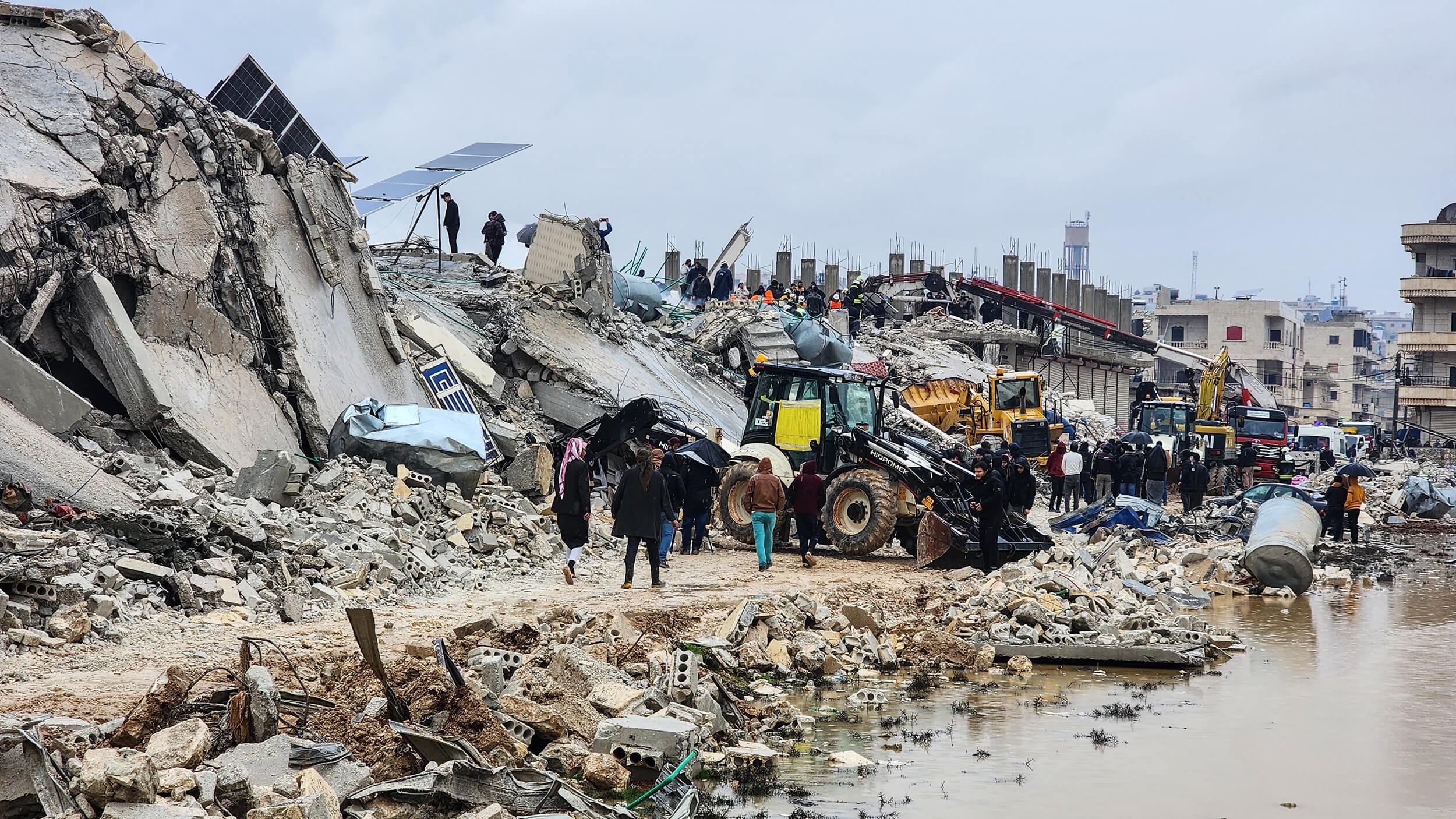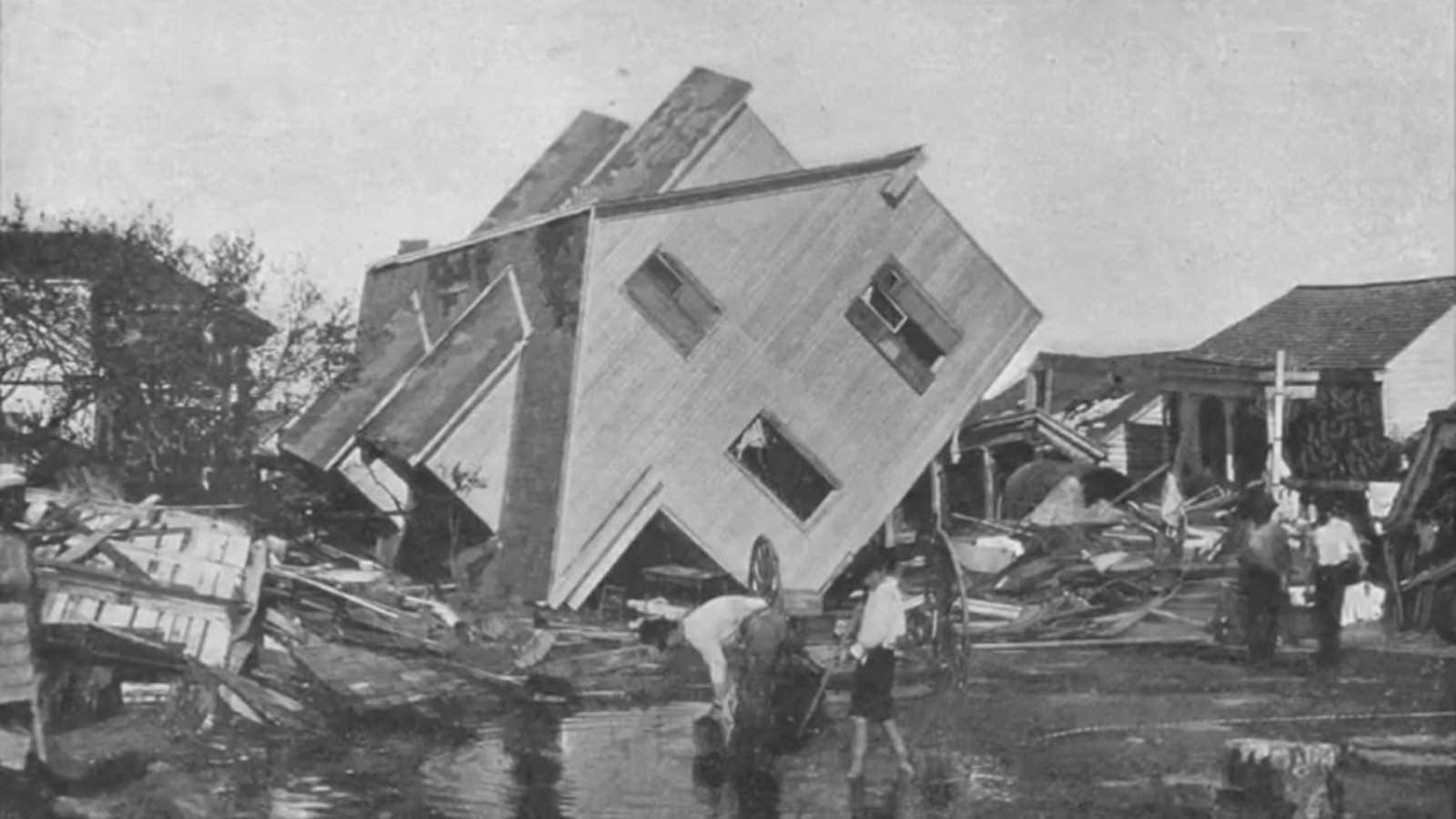The 10 Craziest Natural Events In The Past Decade.
The past decade has been a witness to some of the most jaw-dropping and awe-inspiring natural events. From the wrath of wildfires to the terror of tornadoes, Mother Nature has shown both her beauty and her power in full force. Here’s a look at the ten craziest natural events that have occurred around the world in the past decade.
1. 2019-2020 Australian Wildfires
From June 2019 to May 2020, Australia was engulfed by some of the most severe wildfires the country has ever witnessed. The fires were fueled by record-breaking temperatures and prolonged periods of drought, leading to a series of massive bushfires that were both intense and uncontrollable. The most severe fires peaked from December 2019 to January 2020, burning an estimated 24.3 million hectares (approximately 60 million acres).
2. 2023 Turkey-Syria Earthquakes
On February 6, 2023, a powerful earthquake with a magnitude of 7.8 struck southern and central Turkey and northern and western Syria, with an epicenter near Sehitkamil, Gaziantep. The quake, which lasted approximately 80 seconds, was followed by another significant tremor, a 7.7 magnitude earthquake later the same day. These seismic events caused extreme destruction, with the intensity reaching a maximum of XII (Extreme) on the Mercalli intensity scale around the epicenter and in Antaky.
3. 2022 European Heatwaves
During the summer of 2022, Europe experienced a series of relentless heatwaves that began in June and continued through September. These extreme weather events were characterized by temperatures that soared to record highs, with the peak temperature reaching 47.0°C (116.6°F) in Pinhão, Portugal, on July 14. The heatwaves were driven by a combination of factors, including high atmospheric pressure, strong sunshine, and hot air masses from North Africa carrying suspended dust.
4. 2020 South Asian Floods
From May to October 2020, South Asia experienced one of the most severe monsoon seasons in recent history, leading to widespread and catastrophic flooding. The heavy monsoon rains affected several countries, including Afghanistan, Bangladesh, India, Nepal, Pakistan, and Sri Lanka.
The floods resulted in an estimated 6,511 fatalities, marking it as one of the deadliest flooding events since Cyclone Sidr in 2007. In India alone, over 5,000 people died due to the flooding, while in Nepal, the floods claimed at least 401 lives. Pakistan reported at least 410 deaths, and in Sri Lanka, at least 133 people lost their lives due to the flood5. April 2015 Nepal Earthquake.
On April 25, 2015, a massive earthquake with a moment magnitude of 7.8 struck Nepal, causing destruction on an unprecedented scale. The earthquake’s epicenter was located near the city of Kathmandu, and its tremors were felt throughout central and eastern Nepal, parts of India, and as far away as Bangladesh and Tibet.
The disaster resulted in approximately 9,000 fatalities, making it the deadliest earthquake to hit Nepal since the 1934 Nepal–India earthquake. In addition to the loss of life, the earthquake injured many thousands more and left over 600,000 structures in Kathmandu and other nearby towns either damaged or destroyed.
6. 2013 Oklahoma Tornadoes
On the afternoon of May 20, 2013, a large and extremely violent EF5 tornado, with peak winds estimated at 210 miles per hour (340 km/h), tore through Moore, Oklahoma, and adjacent areas1. The tornado was part of a larger weather system that produced several other tornadoes across the Great Plains over the previous two days, including five that struck portions of Central Oklahoma on May 19.
The tornado touched down just northwest of Newcastle at 2:56 p.m. CDT and persisted for 39 minutes on a 13.85-mile (22.3 km) path through a heavily populated section of Moore. At its peak, the tornado was over one mile (1.6 km) wide. The damage was catastrophic, with entire neighborhoods flattened, schools destroyed, and thousands of homes and businesses damaged or obliterated.7. Flood Fatigue in the Carolinas, 2015-2019.
Between 2015 and 2018, North and South Carolina faced a relentless onslaught of flooding due to hurricanes Joaquin, Matthew, and Florence. These hurricanes brought unprecedented rainfall and storm surges, leading to widespread flooding that caused extensive damage to homes, infrastructure, and the environment.
Hurricane Joaquin in 2015 set the stage for what would become a series of catastrophic weather events for the Carolinas. Although Joaquin stayed well offshore, its indirect effects contributed to historic flooding, particularly in South Carolina.
8. Snowpocalypse in Southeast, January 2014
In late January 2014, the southeastern United States was struck by a winter storm that was both rare and severe, particularly affecting the Gulf Coast region, which rarely receives frozen precipitation. The storm, which began on January 27 and lasted until January 31, brought frigid temperatures as far south as the Gulf Coast, along with snow, freezing rain, and sleet.
The storm, unofficially named Winter Storm Leon by The Weather Channel, caused major disruptions and severe travel issues in states like Alabama, Georgia, and Mississippi. Many people were caught outside unexpectedly in the hazardous conditions, leading to traffic standstills and numerous accidents. Roads became icy demolition derbies, and children were forced to sleep at schools.
9. 2008 Sichuan Earthquake
On May 12, 2008, a catastrophic earthquake measuring 7.9 on the Richter scale struck the Sichuan province of China, with its epicenter located near Wenchuan County. The quake, which lasted for over two minutes, had a profound and devastating impact on the region. It caused extensive damage to infrastructure, with numerous buildings, including schools, collapsing. The tremors led to about 200,000 landslides and the formation of over 800 quake lakes across an area of 110,000 km².
10. 1900 Great Galveston Storm
Although not within the past decade, the Great Galveston Storm of 1900 deserves an honorary mention for its historical significance.
On September 8, 1900, the island city of Galveston, Texas, was struck by a catastrophic hurricane, which would become known as the Great Galveston Storm. It was the deadliest natural disaster in U.S. history at the time. The hurricane made landfall as a Category 4 storm, with winds exceeding 140 mph and a storm surge that inundated the city with 8 to 15 feet (2.4 to 4.5 meters) of water.
The impact was devastating: it is estimated that between 6,000 and 12,000 people lost their lives, with the most commonly cited number being 8,0002. The storm destroyed approximately 7,000 buildings, including homes, schools, and businesses, leaving about 10,000 people homeless in a city with a population of less than 38,0003. The property losses were estimated at $30 million at the time, equivalent to billions in today’s dollars.










